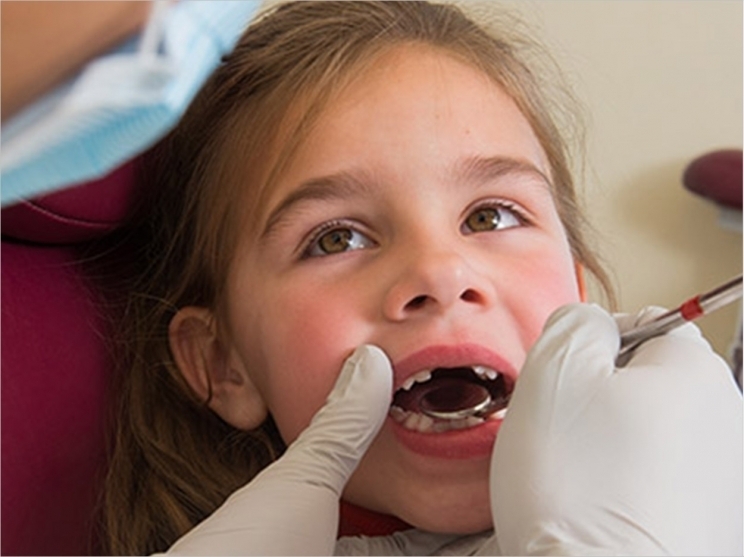
Genetic makeup does not predispose people to tooth decay, though children with overweight mothers are more likely to have cavities, according to researchers at the Murdoch Children’s Research Institute in Parkville, Victoria, Australia.
The study, which also found that about one in three children in Australia have tooth decay by the time they start school, looked at the teeth of 173 sets of both identical and non-identical twins from pregnancy through age six.
“How genetics impacts on dental health has not often been studied. This is the first twin study that looks at both genetics and early life risk factors, such as illness and lifestyle,” said lead researcher Mihiri Silva, BDS, MDS, DCD, of the institute.
“We found that identical twins, with identical genomes, have varying degrees of decay. This means that environmental factors, like a lack of fluoride in water, seem to be the prime cause of cavities, not genetic makeup,” said Silva.
However, the research did find a link between the mother’s health and lifestyle during pregnancy and the child’s future dental health, with obesity in pregnancy a definite marker for increased risk of child tooth decay.
“The relationship between maternal obesity and child tooth decay is complex,” said Silva. “Perhaps the mother’s weight has a biological influence on the developing fetus, or perhaps the risk of decay rises because of increased sugar consumption in that household.”
According to the study, 32.2% of the twins had dental decay, and 24.1% had advanced decay. Yet Silva said that it was important that people don’t think of tooth decay as genetic.
“If people think the health of their teeth is down to their genetic makeup, they may not be prepared to make important lifestyle changes,” said Silva.
“Our findings also reinforce how important it is for pediatricians and other health professionals to educate children to start preventive measures early in life, prior to the onset of damage to dental tissues,” Silva said.
Tooth decay is a serious health problem, Silva said, because there is a clear link between pediatric cavities and developing diabetes and cardiovascular disease later in life.
“Tooth decay is also the leading cause of preventable hospital stays for Australian children,” said Silva.
According to 2011 Victorian Department of Health statistics, more than 26,000 Victorians under the age of 15 are admitted to the hospital to treat tooth decay each year.
The study also illustrates the advantages of studying twins to find out about health conditions and the importance of considering the effects of early life risk factors as well as genes, said Katrina Scurrah, PhD, from Twins Research Australia and the School of Population and Global Health at the University of Melbourne.
However, Scurrah said that it also is important to try to replicate these findings in other studies that follow children through to adulthood and to explore other risk factors for dental decay.
This study collected data about the twins at 24 and 36 weeks of gestational age, at birth, at 18 months, and at 6 years of age. It included a dental examination at the age of 6. Questionnaires about the mother’s weight, illnesses, medication use, vitamin D levels, stress, alcohol intake, and smoking were collected during pregnancy.
The study, “Genetic and Early Life Environmental Influences on Dental Caries Risk: A Twin Study,” was published by Pediatrics.
Related Articles
Childhood Oral Infections Mean Greater Atherosclerosis Risks
Microrobots Remove Dental Plaque
Dental Phobias Have No Impact on Treatment Planning











